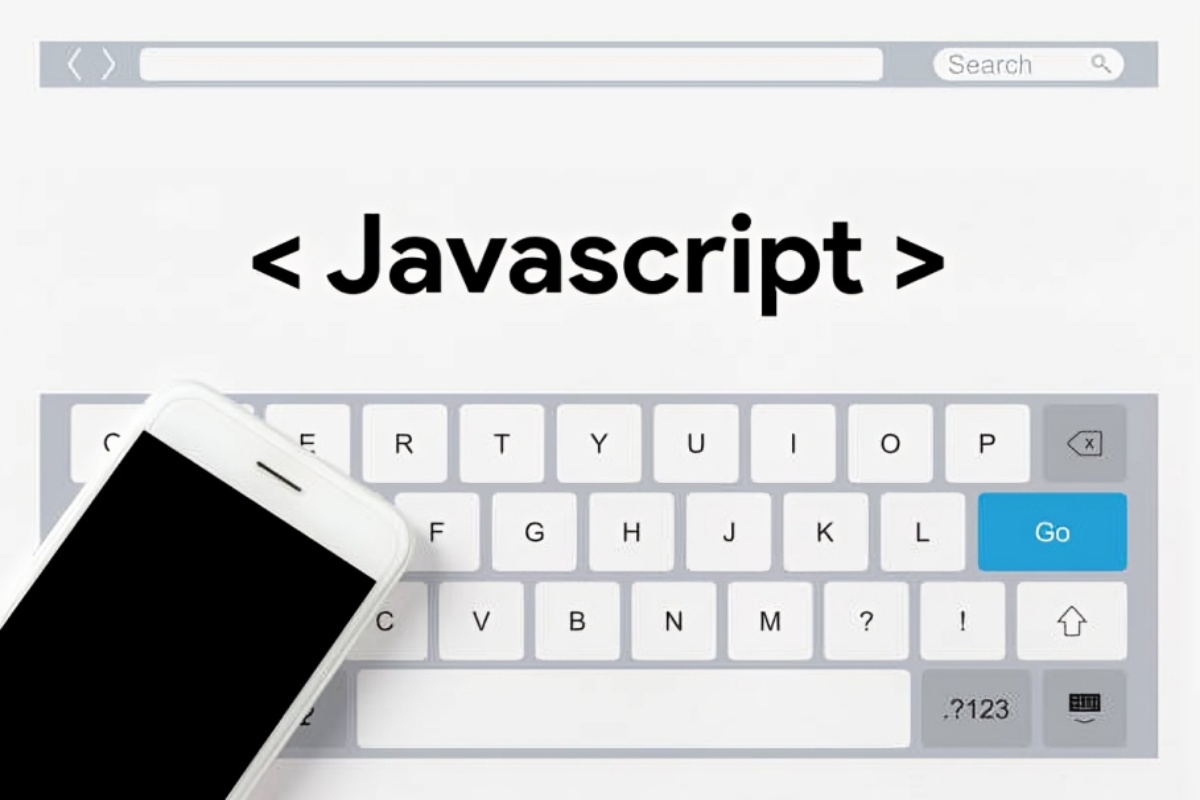JavaScript remains the cornerstone of modern web development. With the continuous evolution of frameworks and libraries, developers are equipped with powerful tools to build everything from simple websites to complex single-page applications (SPAs) and full-scale enterprise solutions. As we step into 2025, the JavaScript ecosystem has matured significantly, offering performance, scalability, and better developer experience.
In this comprehensive blog, we explore the top JavaScript frameworks in 2025, what makes them stand out, and how they can empower your development workflow.
Why Frameworks Matter in 2025
Frameworks simplify repetitive tasks, enforce best practices, and boost productivity. With increasing demands for performance, SEO, accessibility, and modular architecture, choosing the right framework becomes critical.
The best frameworks of 2025 share some common traits:
- Component-based architecture
- TypeScript support
- Server-side rendering (SSR) and static site generation (SSG) capabilities
- Seamless developer tooling
- Active community and long-term support
Top JavaScript Frameworks in 2025
1. React.js – The Frontend Powerhouse
Maintained by: Meta (Facebook)
Type: Library (often used as a framework)
Use Cases: SPAs, mobile apps (React Native), enterprise dashboards
Why It Still Dominates:
React’s flexibility and massive ecosystem make it a top choice in 2025. With React Server Components and React 19 enhancements, developers can create high-performance web apps with improved SSR capabilities. The support for concurrent rendering and better integration with frameworks like Next.js keeps React ahead of the curve.
Pros:
- Huge community and job demand
- Wide adoption across startups and enterprises
- Rich plugin ecosystem
Cons:
- Steep learning curve with new features
- Often requires additional libraries (routing, state management)
2. Vue.js – Lightweight and Elegant
Maintained by: Evan You & the Vue Core Team
Type: Framework
Use Cases: Progressive apps, SPAs, prototyping
Vue 4 in 2025:
The latest version offers fine-grained reactivity, improved composition API, and better TypeScript integration. With tools like Nuxt 4, Vue becomes a robust option for SSR and full-stack development.
Pros:
- Easy to learn and integrate
- Excellent documentation
- Versatile and adaptable
Cons:
- Smaller job market compared to React
- Some fragmentation with Vue 2 legacy projects
3. Next.js – Full-Stack React Framework
Maintained by: Vercel
Type: Framework (built on React)
Use Cases: SSR apps, static sites, eCommerce platforms
What’s New in 2025:
Next.js 15 introduces Edge Functions, app directory by default, and advanced image optimization. It continues to push the envelope in performance and developer experience.
Pros:
- Out-of-the-box SSR/SSG
- Seamless API integration
- Industry-standard for React-based apps
Cons:
- Can be overkill for small projects
- Deep React knowledge needed
4. Nuxt.js – The Vue Counterpart to Next
Maintained by: Nuxt Team
Type: Framework (built on Vue)
Use Cases: Static sites, dynamic content apps, JAMstack
Why Nuxt Shines in 2025:
With Nuxt 4 and Nitro Engine, it supports serverless deployment, hybrid rendering, and enhanced DX. Nuxt bridges the gap between frontend beauty and backend logic.
Pros:
- Clean file-based routing
- SSR and SSG baked in
- Growing plugin ecosystem
Cons:
- Smaller ecosystem than Next.js
- Learning curve with advanced configurations
5. SvelteKit – The Compiler-Based Game-Changer
Maintained by: Rich Harris & Open Source Community
Type: Framework (built on Svelte)
Use Cases: Fast-loading websites, small apps, personal blogs
Svelte in 2025:
Svelte 5 has matured with runes-based reactivity and better TypeScript support. SvelteKit now supports Edge rendering, multi-region deployment, and advanced animations, making it ideal for high-performance apps.
Pros:
- No virtual DOM
- Extremely fast and small bundles
- Reactive by design
Cons:
- Smaller community
- Limited enterprise adoption (but growing)
6. Remix – The Web Fundamentals Framework
Maintained by: Shopify
Type: Full-stack Framework
Use Cases: Data-driven apps, content-heavy websites
🔍 What Makes Remix Stand Out:
Remix is built around web standards, promoting progressive enhancement. With out-of-the-box nested routing, streaming, and form-based actions, it fits perfectly into modern full-stack apps.
Pros:
- Built for performance
- Great form and loader APIs
- Server-first design
Cons:
- React knowledge required
- Still catching up in terms of ecosystem
7. SolidJS – The React Alternative
Maintained by: Ryan Carniato & Community
Type: Reactive UI Library
Use Cases: High-performance interfaces, dashboards
In 2025:
Solid 3.0 introduces improved compiler optimizations and partial hydration, making it a serious challenger to React and Svelte in terms of speed.
Pros:
- Lightning-fast rendering
- Fine-grained reactivity
- JSX-based syntax (React-like)
Cons:
- Still niche
- Less tooling than React or Vue
8. Qwik – The Resumable Framework
Maintained by: Builder.io
Type: Framework
Use Cases: Instant-loading apps, SEO-optimized platforms
Why It’s Innovative:
Qwik’s resumability concept eliminates hydration delays. Pages load instantly, even on slower devices. It’s especially useful for eCommerce and mobile-first apps.
Pros:
- Near-instant performance
- Native lazy-loading
- Ahead-of-the-curve architecture
Cons:
- New paradigm, harder to learn
- Fewer resources and community support
Honorable Mentions
- Astro: Ideal for static content sites using a multi-framework approach
- Preact: Lightweight React alternative
- Eleventy (11ty): Static site generator focused on simplicity
- Lit: Web Components-based library by Google
Choosing the Right Framework in 2025
| Criteria | Best Choice |
|---|---|
| Beginner-Friendly | Vue.js, Svelte |
| Enterprise-Ready | React.js + Next.js, Vue + Nuxt |
| Performance-Centric | SolidJS, Qwik, SvelteKit |
| Static Site Needs | Astro, Nuxt, Next.js |
| Full-stack Dev | Remix, Next.js, Nuxt |
Final Thoughts
JavaScript frameworks in 2025 are smarter, faster, and more developer-centric than ever. Whether you’re a beginner picking your first tool or a seasoned developer exploring bleeding-edge tech, there’s a framework tailored to your needs.
The best framework isn’t the most popular—it’s the one that solves your problem efficiently.
So dive in, build, and keep experimenting. The web is evolving—and so should you.
Have a favorite framework not mentioned here? Drop it in the comments and let’s discuss the future of web development!

